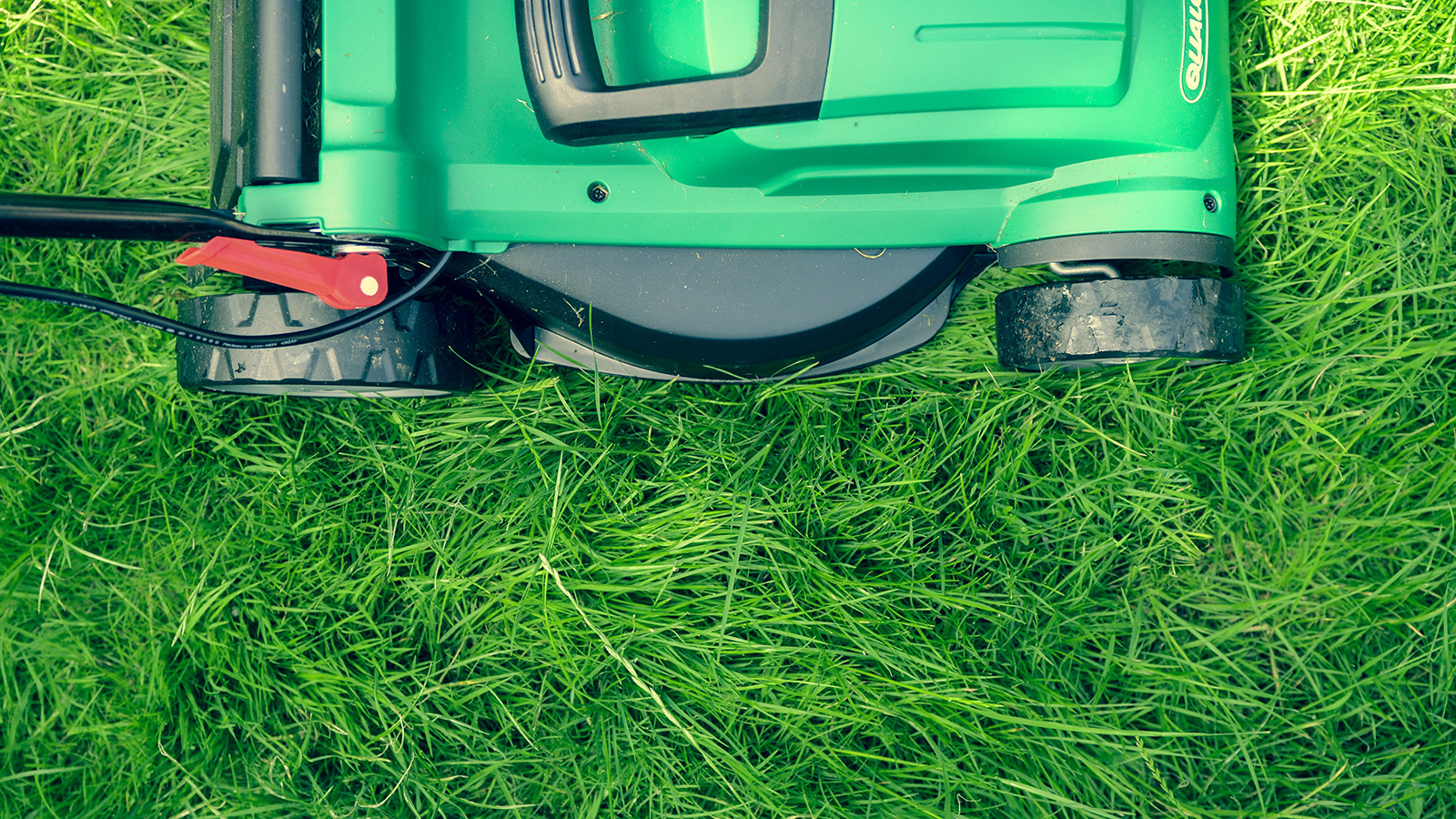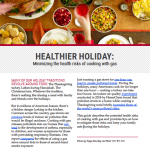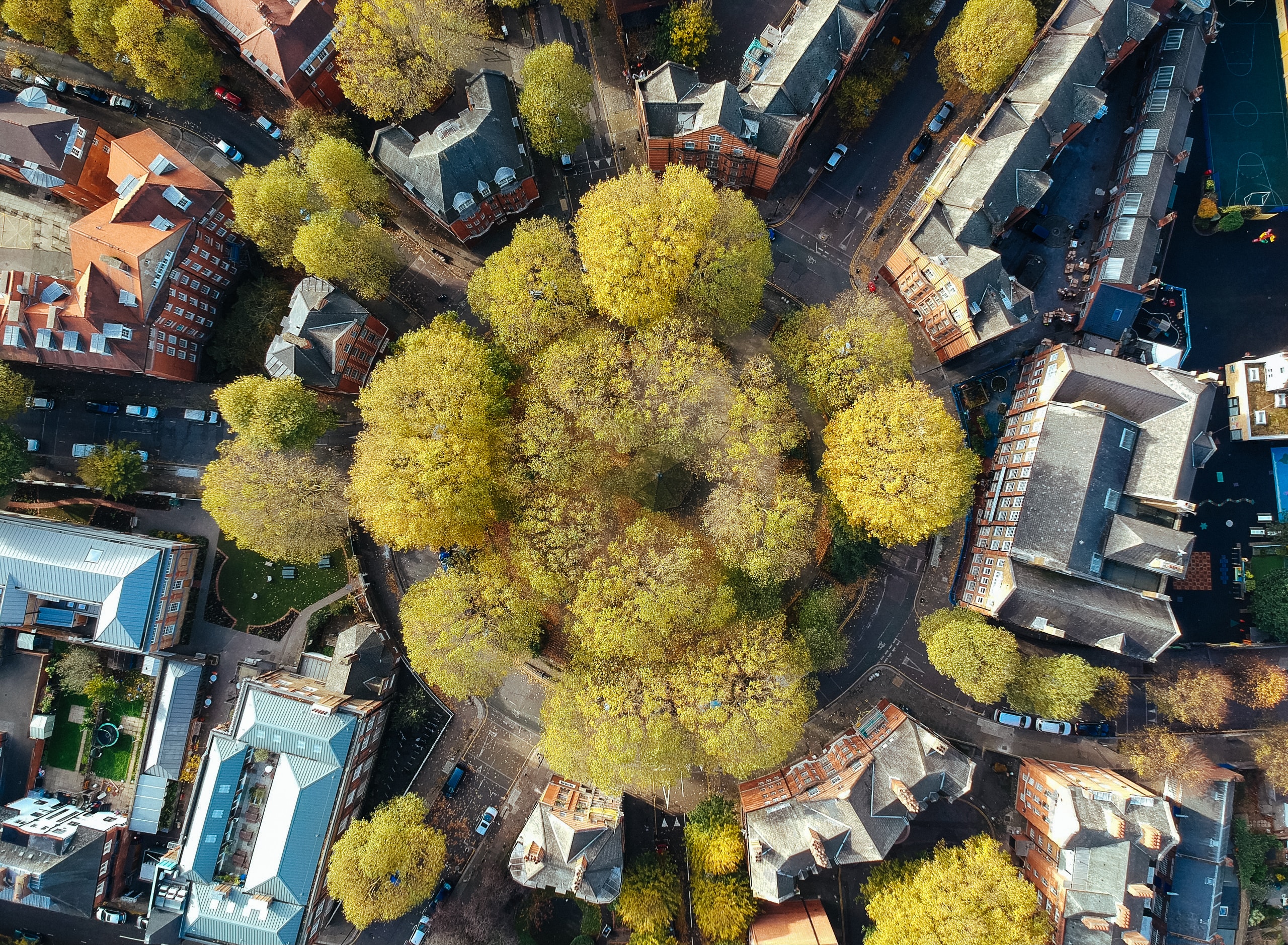
Healthier Holiday
Minimizing the health risks of cooking with gas
This guide describes the potential health risks of cooking with gas and provides tips on how to mitigate those risks and keep your family safe during the holidays.
Downloads
U.S. PIRG Education Fund

Many of our holiday traditions revolve around food: The Thanksgiving turkey. Latkes during Hanukkah. The Christmas ham. Whatever the tradition, there’s nothing like sharing a meal with family and friends over the holidays.
But in millions of American homes, there’s a hidden danger lurking in the kitchen. Common across the country, gas stoves can produce levels of indoor air pollution that would be illegal outdoors. Cooking with gas releases pollutants into our homes that can lead to the development of asthma, especially in children, and worsen symptoms for those with preexisting respiratory illnesses. One report compared the effects of using a gas stove around kids to those of second-hand smoke exposure.
Just running a gas stove for one hour can lead to unsafe pollutant levels. During the holidays, many Americans cook for far longer than one hour— cooking a turkey can take four hours. An indoor air quality experiment conducted in 2018 by HomeChem found that pollution levels in a home while cooking a Thanksgiving meal briefly exceeded those of the world’s most polluted cities.
This guide describes the potential health risks of cooking with gas and provides tips on how to mitigate those risks and keep your family safe during the holidays.
Topics
Find Out More


Recording of Road to 100% Renewable Energy with Dr. Mark Jacobson

The Biden administration has released $1 billion in funding for urban trees. Here’s why that matters.

